Table of Contents
Quality Service Guarantee Or Painting Free

Get a rental agreement with doorstep delivery

Find the BEST deals and get unbelievable DISCOUNTS directly from builders!

5-Star rated painters, premium paints and services at the BEST PRICES!
Loved what you read? Share it with others!
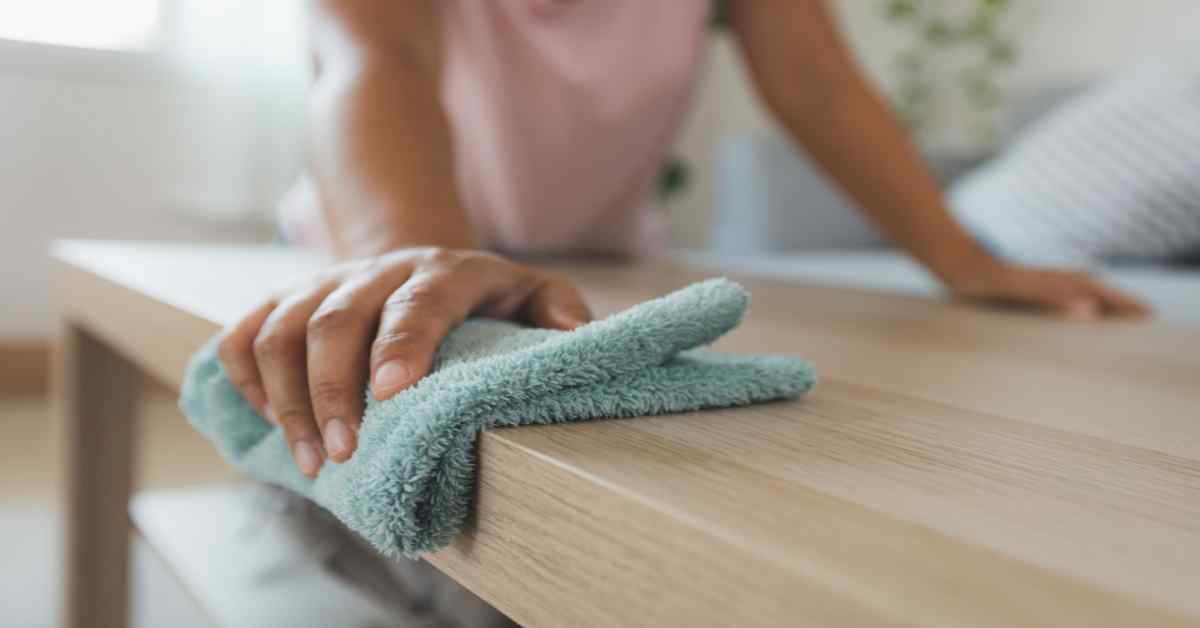

Submit the Form to Unlock the Best Deals Today
Help us assist you better
Check Your Eligibility Instantly

Experience The NoBrokerHood Difference!
Set up a demo for the entire community
How to Avoid Dust in Your Home?
Table of Contents
Dust is inevitable. Dust gathers on your shelves and cupboards, or it forms a thin icky layer on the floor – making daily life uncomfortable. The dust makes us sneeze, increases the workload of maintaining a clean home, and can even affect our respiratory health. So, let's look at 7 ways on how to avoid dust at home, along with effective strategies to keep your home dust-free.
1. Seal Gaps and Cracks in Your Home
You can start off your Home Dust-proofing by sealing all gaps and cracks in your home.
When gaps and cracks are left unaddressed, they can act as entry points for dust, allergens, and even insects, which can lead to reduced indoor air quality and discomfort. Sealing these gaps also improves your home's insulation, resulting in lower energy bills and reduced environmental impact.
Quality Service Guarantee Or Painting Free

Get a rental agreement with doorstep delivery

Find the BEST deals and get unbelievable DISCOUNTS directly from builders!

5-Star rated painters, premium paints and services at the BEST PRICES!
First inspect the doors and windows of your home for visible gaps and cracks. Look for any areas where light or air may be coming through. Clean the areas and use calk or any other sealant to insulate gaps and cracks. After applying the sealant, test for any remaining leaks by feeling for drafts or using a candle flame to detect airflow. Ensure that you periodically inspect and reapply sealant as needed, especially after extreme weather conditions. This will get rid of a large chunk of dust from your room.
2. Buy a Vacuum Cleaner and Vaccum Clean Regularly
Effective vacuuming not only removes visible dirt and debris but also removes smaller dust particles, allergens, and microscopic pollutants that can affect indoor air quality.
- If you could spend some extra cash and get a vacuum cleaner equipped with a High-Efficiency Particulate Air (HEPA) filter. HEPA filters can trap tiny dust particles and prevent them from being released back into the air during vacuuming. All the while ensure that the vacuum cleaner you buy is appropriate for the surfaces you will be cleaning, such as carpets, rugs, or upholstery.
- Vacuum all your carpets, rugs, and upholstery at least once a week to prevent dust buildup.
- Move it slowly to allow the filter to capture more particles. Don't rush the process.
3. Don’t Dry Dust, instead, Wet Wipe
Dry dusting can often lead to the dispersion of dust particles into the air, making it harder to effectively remove them from your home. Instead, consider wet wiping as a more effective and actionable method to eliminate dust from your living space.
Here's how to wet wipe:
- Gather Supplies: Collect microfiber cloths, a suitable cleaning solution.
- Dampen Cloth: Ensure it's damp, not overly wet, and wring out excess liquid.
- Start High, Be Methodical: Begin cleaning high areas methodically to avoid dust resettling.
- Maintain Regularly: Include wet wiping in your cleaning routine, focusing on detailed cleaning and proper dust disposal.
4. Keep Windows Closed and plants on Window Sills
To minimise and control the dust entering your home, keep your windows closed as much as possible. Additionally, consider placing plants on your windowsills. This not only adds a touch of greenery but also helps filter the air, reducing indoor dust levels. By taking these simple steps, you can create a cleaner and more comfortable living environment.
5. Avoid Carpets and Rugs
Carpets and rugs may seem cosy, but they can trap dust, allergens, and other particles, making it difficult to maintain clean indoor air. If possible, opt for hard flooring surfaces like wood, tile, or laminate, which are easier to clean and don't harbour as much dust.
However, if you already have carpets and rugs in your home and don't want to get rid of them, there are a few steps you can take to minimize their impact on indoor air quality–
Don't Want to Part with Your Carpets and Rugs? Here are 5 ways to Improve Indoor Air Quality Instead–
- Regular Vacuuming: Invest in a high-quality vacuum cleaner with a HEPA filter. Vacuum your carpets and rugs regularly, at least once a week, to remove trapped dust and allergens. Make slow passes to ensure thorough cleaning.
- Deep Cleaning: Consider scheduling professional carpet cleaning services annually or as needed. This deep cleaning helps remove embedded dirt and allergens.
- Use Doormats: Place doormats at entryways to prevent outdoor dust and dirt from being tracked into your home. This can reduce the amount of dirt that ends up in your carpets.
- Consider Area Rugs: Instead of wall-to-wall carpeting, use area rugs that can be easily removed and cleaned. This allows you to clean the rug more frequently and thoroughly.
- Maintain a No-Shoes Policy: Encourage family members and guests to remove their shoes when entering your home. This prevents outdoor debris from being brought indoors and accumulating in your carpets.
6. Use Blinds Instead of Drapes
Consider using blinds instead of heavy drapes or curtains to cover your windows.Blinds are typically easier to clean and don't accumulate as much dust and allergens as fabric drapes do. By making this switch, you can reduce the potential source of indoor dust and contribute to a cleaner living environment.
7. Install an Air Purifier
To enhance your indoor air quality further, think about installing an air purifier in your home.
Air purifiers are designed to filter out airborne particles, including dust, pet dander, pollen, and even some pollutants. Look for an air purifier equipped with a High-Efficiency Particulate Air (HEPA) filter, which is highly effective at capturing tiny particles.
This addition can make a significant difference in reducing allergens and improving the overall quality of the air you breathe indoors.
8. Use Dust-Proof Pillow and Mattress Covers
Dust-proof covers for your pillows and mattresses to prevent dust mites and allergens from settling in your bedding, improving your sleep quality and indoor air quality.
9. Minimize Clutter
Reduce the amount of clutter in your home. Items like books, magazines, and knick-knacks can collect dust and make cleaning more challenging. Decluttering your living spaces not only makes it easier to keep surfaces dust-free but also creates a cleaner and more organized environment.
10. Smart Air Monitoring
Lastly, you can explore the option of using a smart air quality monitor in your home. These devices offer real-time insights into your indoor air quality, including dust levels.
By continuously tracking these levels, they empower you to detect when dust concentrations are on the rise. This early awareness allows you to take proactive steps, such as modifying your cleaning regimen or enhancing ventilation, to maintain a dust-free and healthier living environment.
3 Bonus Tips for Dust Control in Your Home
- Change Air Purifier Filters Regularly: If you use an air purifier, especially important in India's dusty climate, be sure to change its filters as recommended by the manufacturer. Clean filters ensure the purifier continues to effectively remove dust and pollutants from the air.
- Install Monsoon-Proof Door Seals: Heavy rains and winds can bring in dust and debris. Installing monsoon-proof door seals can help keep the elements out, minimizing the amount of dust entering your home.
- Opt for Dust-Repellent Fabrics: When choosing curtains, upholstery, and bedding in India's dust-prone environment, consider fabrics that are treated to repel dust. These fabrics can be particularly helpful in maintaining a cleaner living space.
To truly enjoy a dust-free home, put these strategies on how to avoid dust at home into action. It's time to embrace a cleaner, healthier living space. Remember, a dust-free home is a healthier and more comfortable one. So, why not take the first step towards a cleaner living space today? Give NoBroker Home Cleaning services a try and experience the difference for yourself.
Frequently Asked Questions
A1: You can start by sealing gaps and cracks in your home, particularly around doors and windows, to block potential entry points for dust, allergens, and insects.
A2: Sealing gaps and cracks not only keeps your home dust-free but also improves insulation, leading to lower energy bills and reduced environmental impact.
A3: Consider investing in a vacuum cleaner with a High-Efficiency Particulate Air (HEPA) filter to effectively trap tiny dust particles and maintain better indoor air quality.
A4: Vacuum all your carpets, rugs, and upholstery at least once a week to prevent dust buildup and ensure a thorough cleaning process.
A5: Dry dusting can disperse dust particles into the air, making it less effective. Wet wiping with dampened microfiber cloths and suitable cleaning solutions is a better approach.
A6: Keep windows closed to minimize dust entry, place plants on windowsills to filter the air, and consider using blinds instead of drapes, which can accumulate dust and allergens.
A7: Regular vacuuming with a HEPA filter-equipped vacuum cleaner, deep cleaning, using doormats, using area rugs, and maintaining a no-shoes policy can help minimize the impact of carpets and rugs on indoor air quality.
A8: An air purifier with a HEPA filter can effectively remove dust, pet dander, pollen, and pollutants from the air, leading to improved indoor air quality.
A9: Dust-proof covers to prevent dust mites and allergens from settling in your bedding, enhancing your sleep quality and indoor air quality.
A10: Clutter, such as books and knick-knacks, can collect dust and make cleaning more challenging. Decluttering creates a cleaner and more organized environment.
A11: A smart air quality monitor provides real-time insights into indoor air quality, including dust levels, allowing you to take proactive steps to maintain a healthier living environment by modifying your cleaning routine or enhancing ventilation.
Recommended Reading

House Cleaning for Diwali: 7 Tips for A Quick Festive Makeover
January 31, 2025
2671+ views
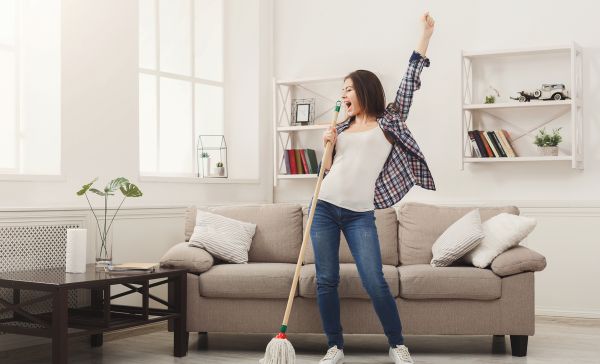
Best Methods and Tips on How to Clean a House
January 31, 2025
3068+ views

Diwali Cleaning Tips and Guide: Make Your Home Shine for the Festival in 2025
January 31, 2025
13857+ views
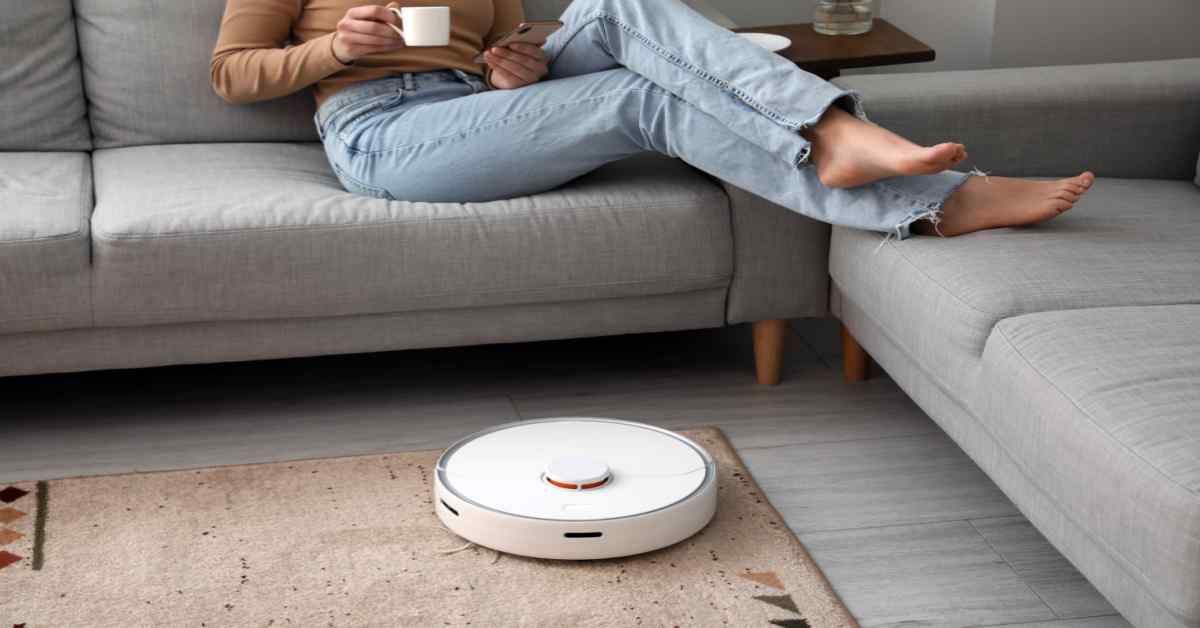
Best Robot Vacuum Cleaner India: A Modern Home Essential
January 31, 2025
6328+ views
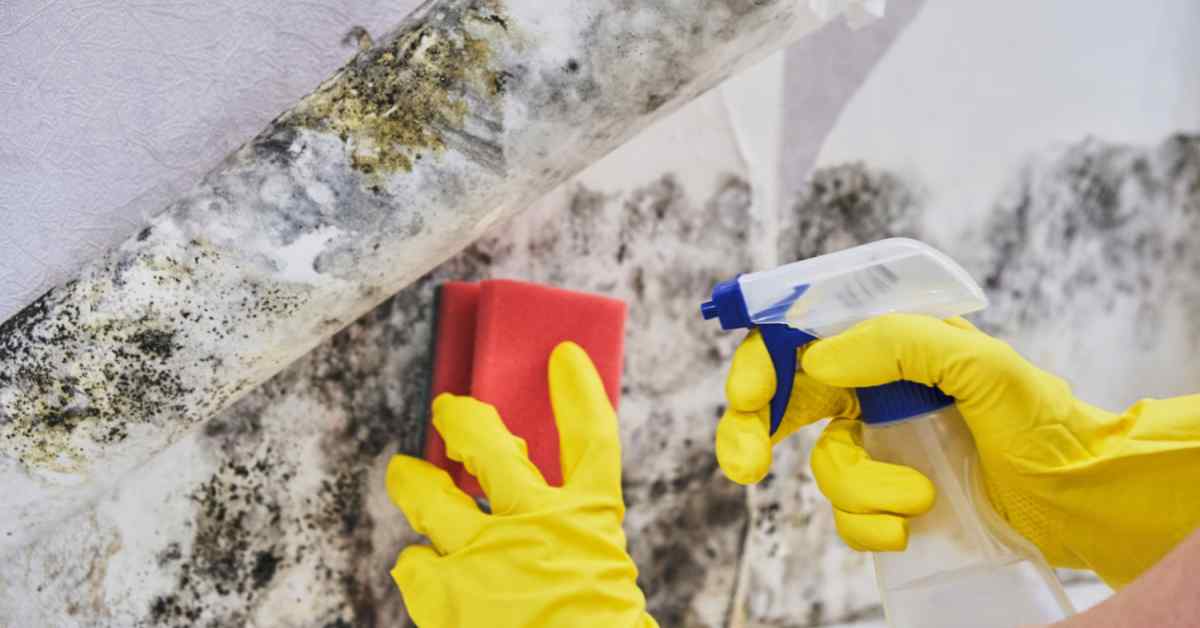
How to Clean Mould: Expert Tips for a Mould-Free Home
January 31, 2025
2922+ views
Loved what you read? Share it with others!
NoBroker Cleaning Testimonials
Most Viewed Articles

Diwali Cleaning Tips and Guide: Make Your Home Shine for the Festival in 2025
January 31, 2025
13857+ views
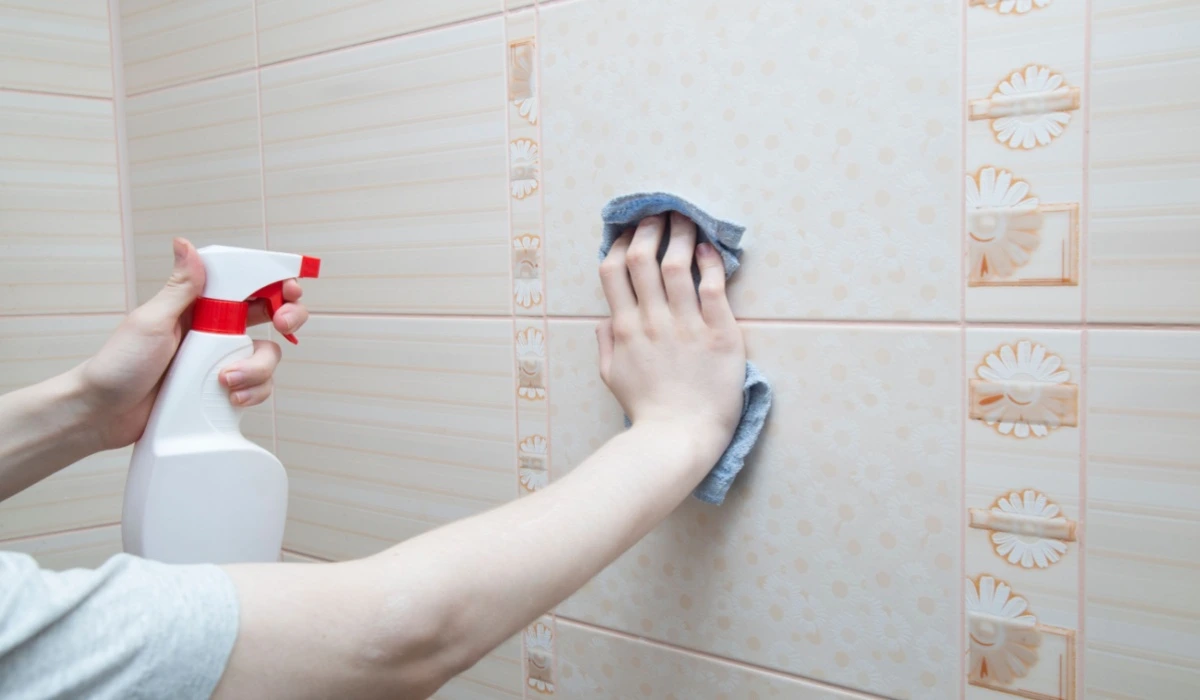
How to Clean Bathroom Tiles: Easy and Effective Methods for a Sparkling, Hygienic Bathroom for 2025
January 15, 2025
10009+ views
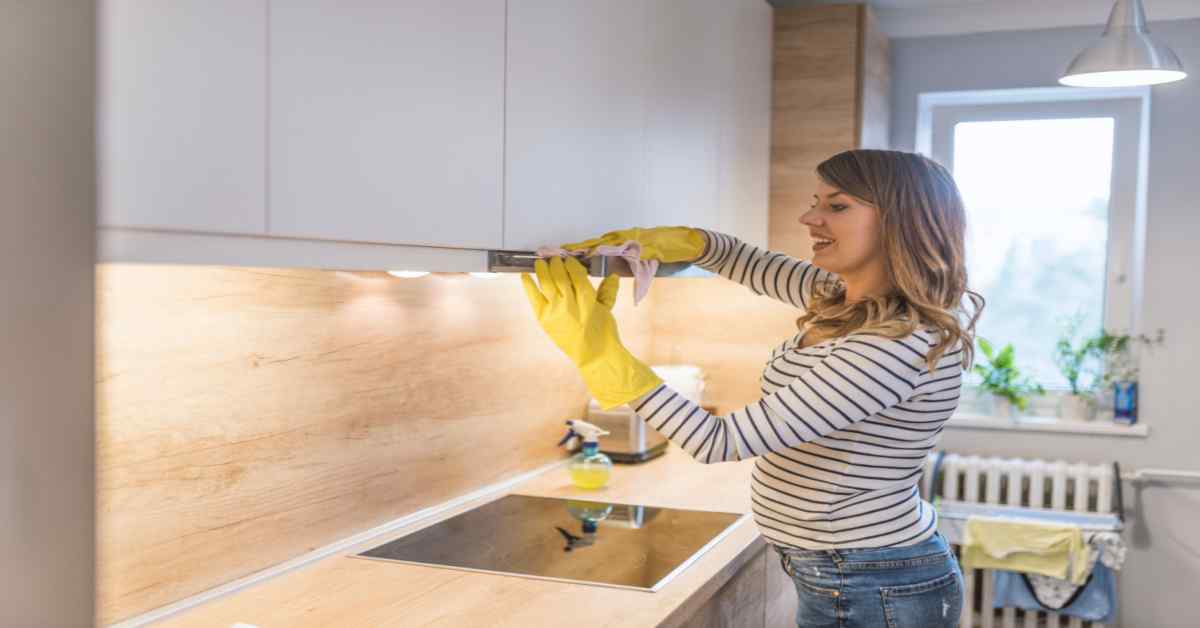
How to Clean Kitchen Exhaust Fan Properly?
January 15, 2025
7739+ views
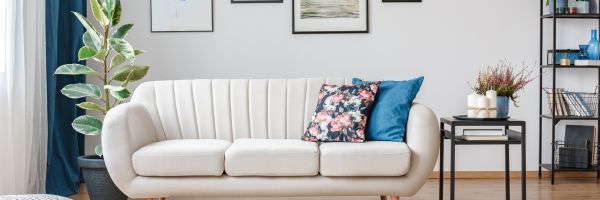
January 31, 2025
7449+ views
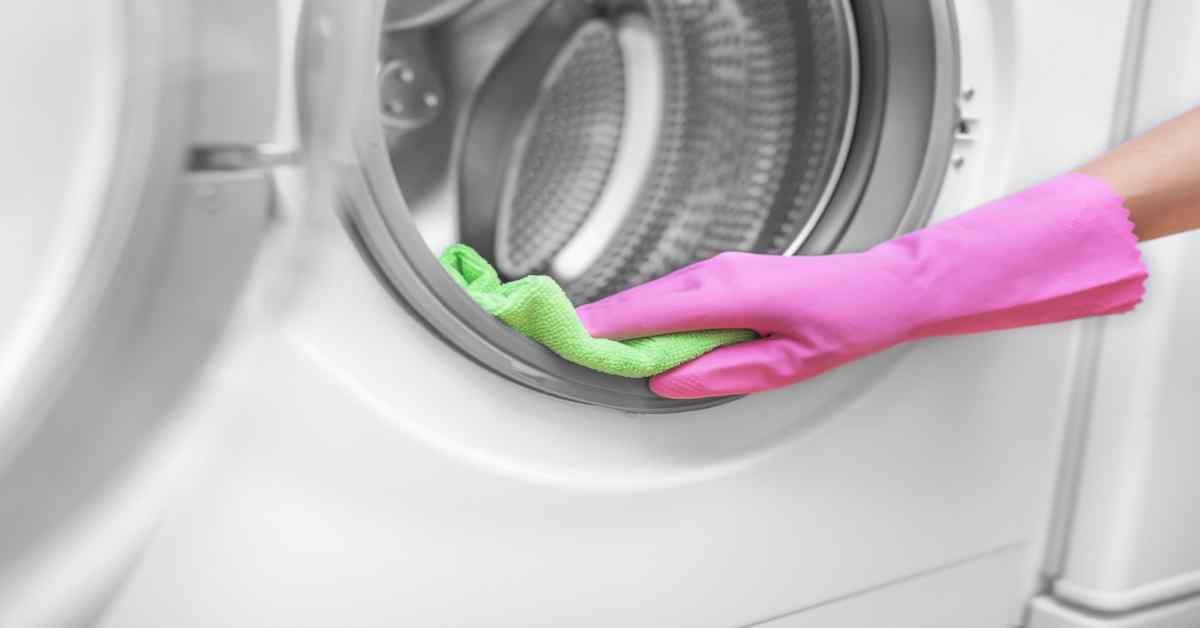
Deep Clean Your Washing Machine: Step-by-Step Guide & Tips
January 31, 2025
7291+ views
Recent blogs in
5 Easy Ways to keep your Silverware Clean and Shiny
January 31, 2025 by NoBroker.com
Best Homemade Tile Cleaner Recipes for Radiant Tiles
January 31, 2025 by NoBroker.com
Homemade Toilet Cleaner Recipes: Effective and Eco-Friendly Solutions
January 31, 2025 by NoBroker.com
क्या एक वैक्यूम क्लीनर रखना अभी भी ज़रूरी है?
January 31, 2025 by NoBroker.com
January 31, 2025 by NoBroker.com




Join the conversation!